
World War II was a period of rapid innovation and industrial growth. While the war spurred revolutionary advances in fields like radar, propulsion, and nuclear energy that have shaped the postwar era, the conflict also saw the development of a number of significant failures in weapons technology. (Looking on the brighter side, here are 33 iconic weapons of World War II.)
To compile a list of World War II weapons that failed, 24/7 Tempo reviewed WWII weapons object records from the Imperial War Museum. Weapons and weapons programs that are considered failures are ranked alphabetically.
Some of the most notable weapons failures are the result of overambition and personal hubris. Hitler’s Vergeltungswaffen (“revenge weapons”) program, for example, were superweapons designed to be used for terror bombing in retaliation to Allied attacks on German cities. While weapons like the V-2 ballistic missile and the V-3 cannon had the potential to bring about significant damage to their targets, the sheer scale of the weapons delayed their development and diluted their overall efficiency in the war effort.
Many of the weapons that failed in WWII failed to anticipate the evolution from static trench warfare to the Blitzkrieg style, combined arms assaults that would characterize the conflict. The Cultivator No. 6, for example, was designed to burrow towards an enemy line while boring a trench wide enough for a troop of soldiers to follow behind it, but proved too bulky to use in combat. Similarly, the French Maginot Line, a 300-mile series of fortifications along the eastern border of France, failed to anticipate the all-terrain battery of bombers and armored vehicles that Germany would amass in the leadup to the war, and was ultimately penetrated in May 1940.
Click here to read more about World War II weapons that didn’t work
While some weapons failed due to outdated design thinking, others were too far ahead of their time. The Goliath, for example, was a remote control vehicle that could carry bombs with up to 100 kg charge. Tethered by wires that were easily cut, the Goliath was largely ineffective in the field, despite being the precursor to modern day drones and other radio-controlled military vehicles. (These are the failed weapons the U.S. wasted the most money on.)

Boulton Paul Defiant
> Country: Great Britain
The Boulton Paul Defiant was a two-seat fighter plane with four .303-inch machine guns situated behind the pilot, designed to allow the gunner to attack enemy aircraft flying alongside or below the plane. While the unusual design allowed RAF pilots to combat dynamic formations of enemy bombers, the Defiant’s lack of forward-firing weapons made it vulnerable to conventionally designed fighter planes. The plane’s shortcomings were made apparent during the Battle of Great Britain, when two Defiant squadrons suffered heavy losses and had to be withdrawn.
[in-text-ad]
A13 Mk Covenanter III
> Country: Great Britain
Designed in 1939, the A13 Mk Covenanter III was a British cruiser tank made to speed past gaps in enemy defense lines. While the tank had no glaring design flaws, by the time the Covenanters were delivered in 1941, its 2-pounder gun and 30mm armor were already outclassed. Other defects like engine cooling problems were soon discovered. While none of the 1,711 Covenanter tanks produced saw combat duty, the British army used them for training.
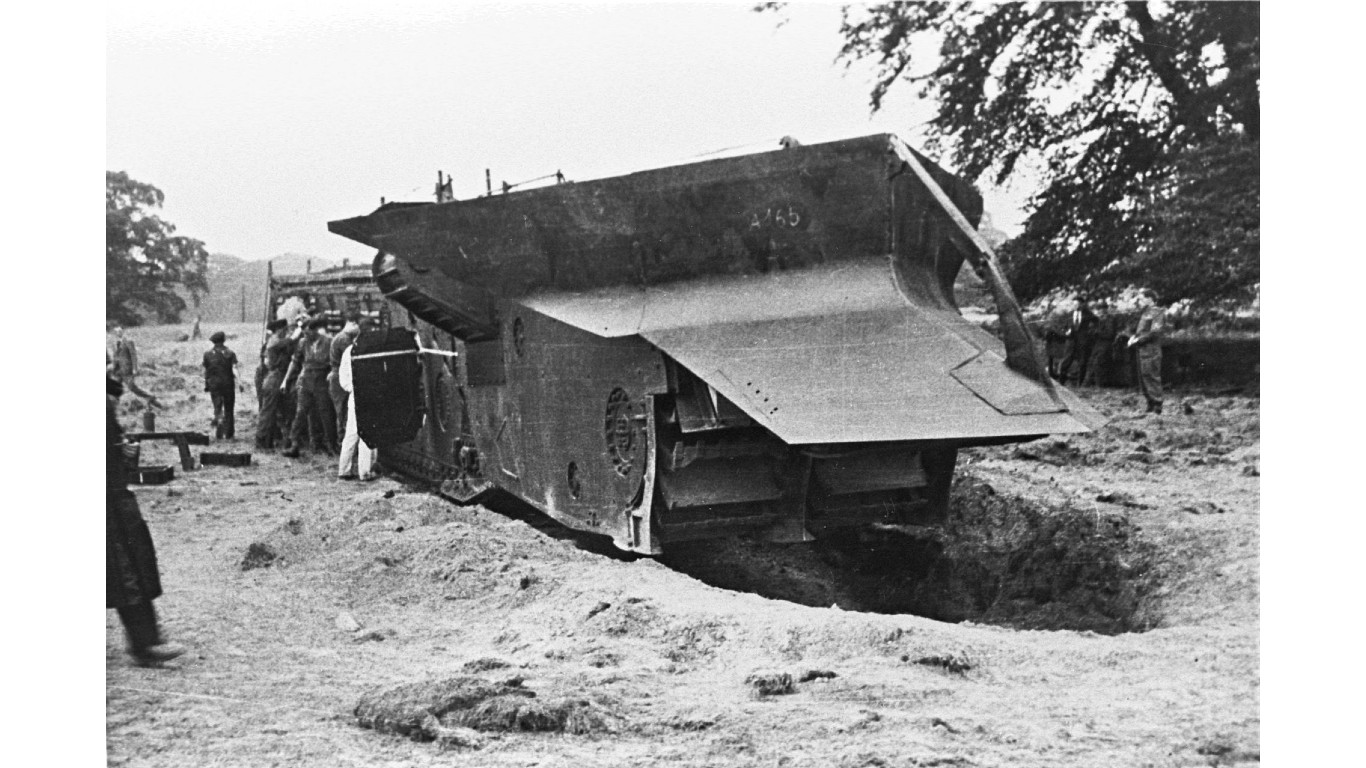
Cultivator No. 6
> Country: Great Britain
The Cultivator No. 6 is one of many examples of weapons designed to fight WWI-style warfare that proved disadvantageous in WWII. Nicknamed “White Rabbit” or “Nellie,” it was a trench-digging machine based on an idea first proposed by Winston Churchill during World War I. “Nellie” was designed to burrow towards an enemy line, boring a trench wide enough for a troop of soldiers to follow behind it. The 130-ton machine proved ill-suited for the combined arms Blitzkrieg-style fighting characteristic of World War II, and was retired after a few had been constructed.
Goliath
> Country: Germany
The Leichte Ladungsträger, or Goliath, was a remote control vehicle designed to carry explosive devices into buildings, bunkers, and enemy troops and vehicles and then detonate them. While the tracked vehicle was able to carry bombs with up to a 100 kg charge, the Goliath moved relatively slow and had long trailing control wires that were vulnerable to being cut. Some 2,650 of the vehicles were built between 1942 and 1944, but they were largely ineffective in the field.
[in-text-ad-2]
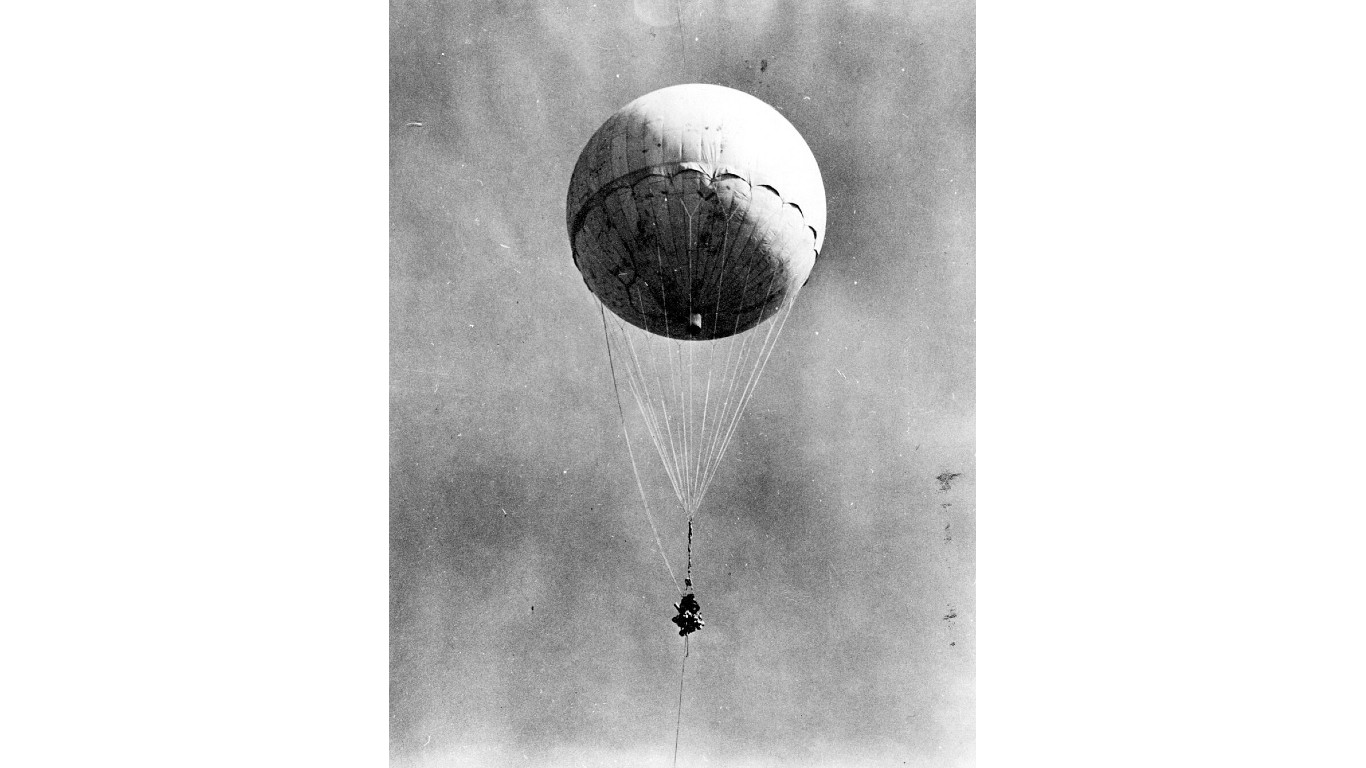
Japanese war balloons
> Country: Japan
Separated from Axis countries by two oceans, the United States was largely invulnerable to air attacks during World War II. In the final stages of the war, however, Japan embarked on an experimental bombing campaign of the United States, sending unmanned balloons laden with explosive devices across the Pacific Ocean to release and detonate over American territory. While 9,000 bombs were launched, few made landfall. The only casualties that resulted from the campaign were six picnickers who accidentally discovered a balloon device in the woods of Oregon in 1945 and made the mistake of trying to move it.
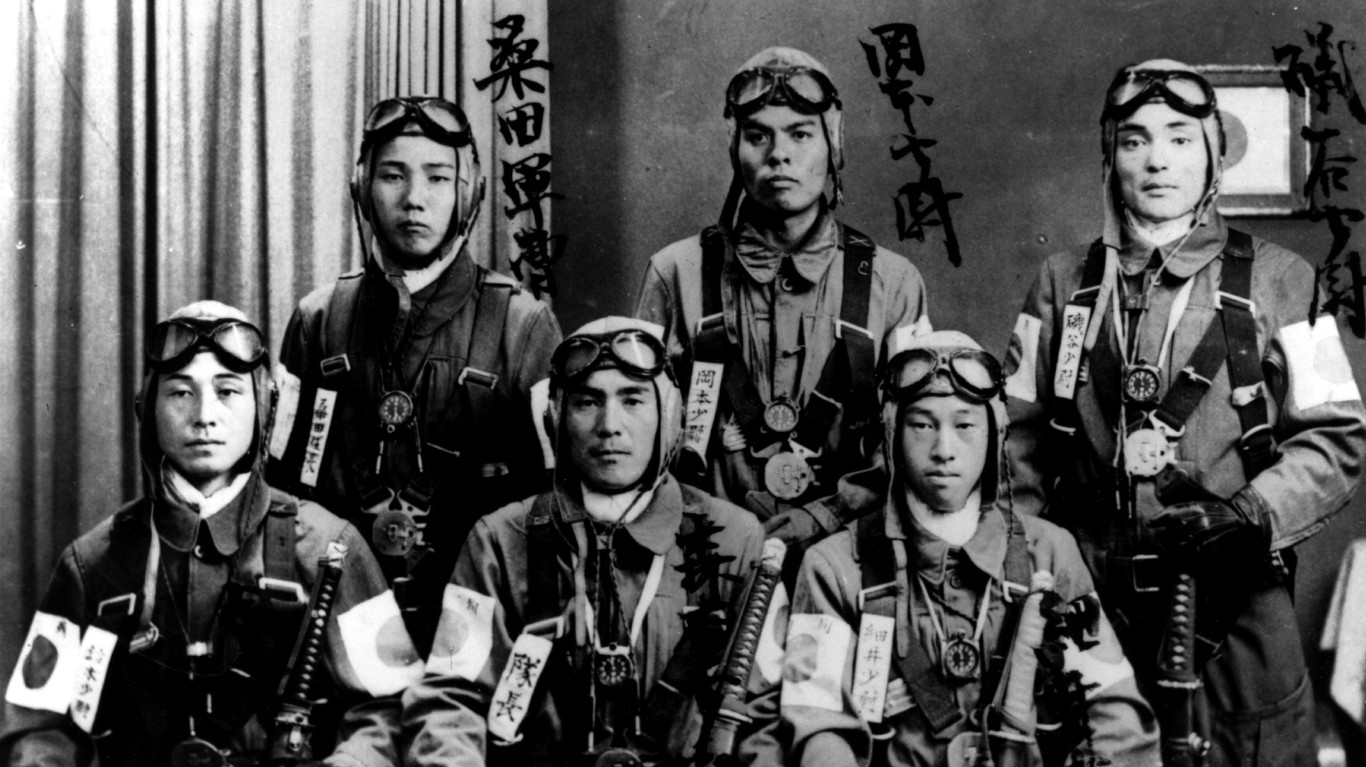
Kamikaze planes
> Country: Japan
Amidst heavy losses and the overwhelming approach of American forces in the final stages of World War II, Japan developed a new strategy of suicide attacks, using pilots flying aircraft equipped with bombs as improvised missiles. While the most infamous example is the Kamikaze flying force, the Japanese deployed other suicide motocraft such as the Shinyo motorboats and Kaiten crewed torpedoes. While kamikaze warfare resulted in the deaths of about 7,000 allied personnel – and 3,800 Japanese pilots – the suicide attacks failed to stay the American military’s advance, leading historians to question the campaign’s efficacy.
[in-text-ad]
Krummlauf
> Country: Germany
The Krummlauf (literally “curved barrel”) was a German weapon attachment developed during World War II. While the design was intended to allow the Sturmgewehr 44 assault rifle to fire around corners, the intense pressure from firing rounds caused the attachment to distort and wear out rapidly. Moreover, the bullets frequently shattered upon leaving the Krummlauf. Despite its failure during the war, the concept of a weapon that can fire around corners has been revisited in the design of some modern firearms.
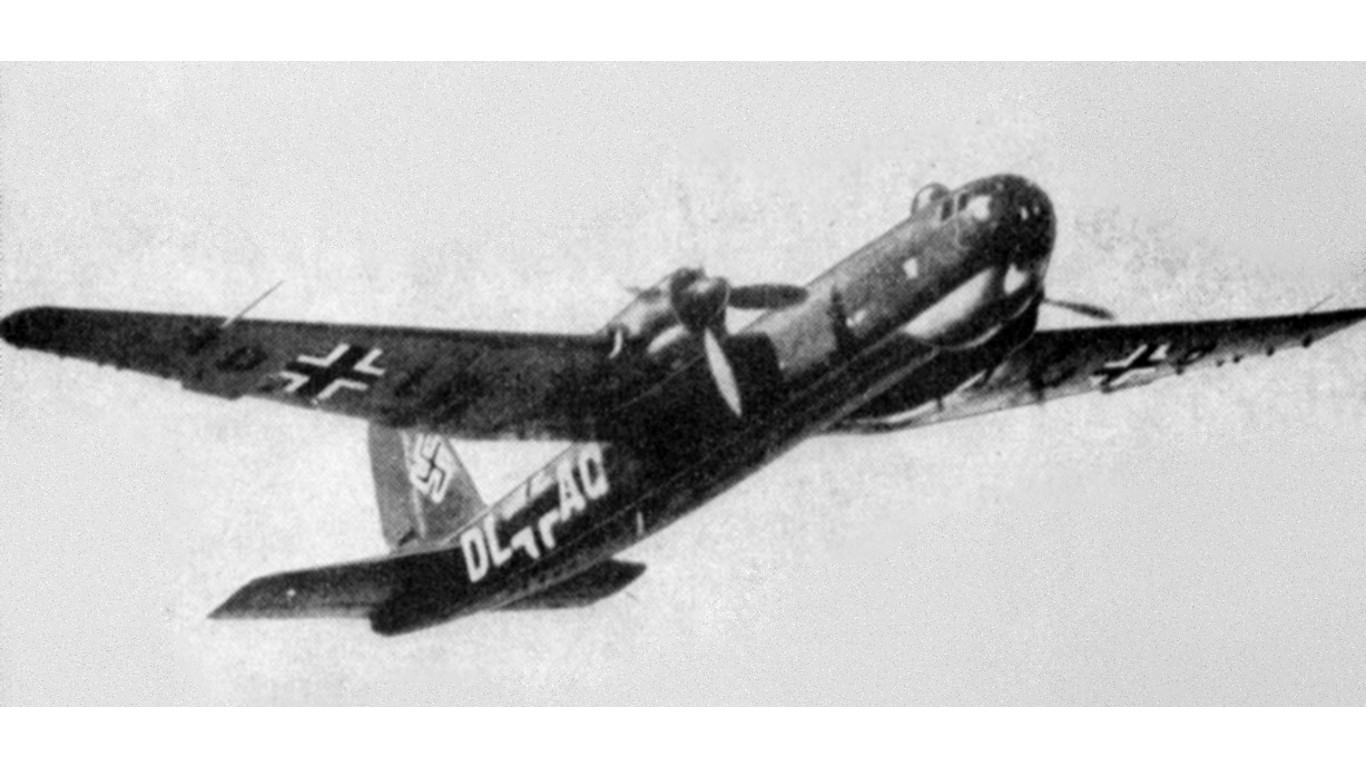
Luftwaffe heavy bombers
> Country: Germany
While Germany had been developing a fleet of heavy bombers for the purpose of strategic bombing – decimating an enemy country through continued attack on its economy and population – efforts stalled in 1936 after the project head ironically died in a plane crash. By the time the Luftwaffe was finally able to deploy a long-range heavy bomber in 1942 to match British and Soviet airpower, Germany had already suffered significant consequences from its lack of a strategic bomber force.

Maginot Line
> Country: France
World War I took a devastating toll on France, with more than six million French soldiers dying over four years of brutal trench warfare. In the runup to World War II, while Germany was still observing the terms of the Treaty of Versailles – banning the nation from possessing tanks, airplanes, and heavy artillery – France built a 300-mile series of underground fortifications along its eastern border to prevent an attack from Germany. While the Maginot Line successfully deterred WWI-style ground attacks, by WWII the German army had adopted a strategy of bombers and armored vehicles that could advance on difficult terrain. The Germans crossed into France at a weak point in the Maginot Line in May 1940 and forced a French surrender within six weeks.
[in-text-ad-2]
Panzerkampfwagen VIII Maus
> Country: Germany
The embodiment of Hitler’s aspiration for an indestructible armored fighting vehicle, the Panzerkampfwagen VIII Maus was a super-heavy tank designed by Ferdinand Porsche. First proposed in 1942, development of the tank was slow. While the Maus was powered by a Daimler-Benz aircraft engine, its 200-ton weight dragged it down, allowing it to reach a top speed of just 12 miles per hour. Trials for the tank started in 1943, but there were consistent mechanical issues, particularly with the drivetrain. While five Maus tanks were ordered, only two were ever built.
Messerschmitt Me 163 Komet
> Country: Germany
Designed to intercept American bombers flying over Germany, the Messerschmitt Me 163 Komet was a small rocket-powered plane powered by a liquid propellant composed of two volatile substances that would ignite when mixed together. While the highly reactive propellant allowed the tiny fighter to reach an altitude of 39,000 feet in just 3.5 minutes and a top speed of over 550 miles per hour, the Komet had a flight time of only seven minutes and was difficult to pilot. Additionally, accidents caused by mishandling the volatile fuel were common, killing numerous pilots during testing and training flights.
[in-text-ad]
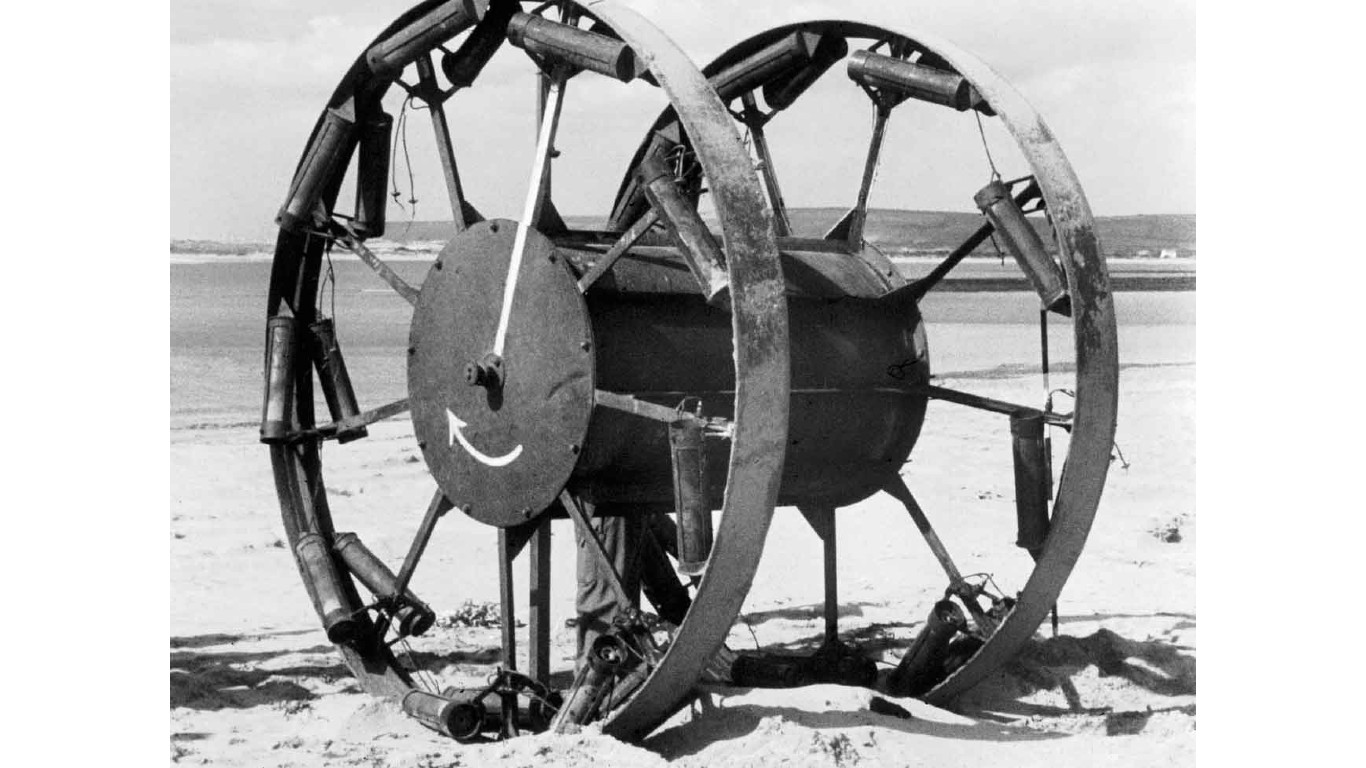
Panjandrum
> Country: Great Britain
Named after an 18th-century nonsense poem, the Panjandrum was devised by the British Admiralty’s experimental Directorate of Miscellaneous Weapons Development as a weapon intended for use against the beach defenses of Hitler’s Atlantic Wall. The mechanism comprised two 10-foot rocket-propelled wheels linked by a cylinder filled with explosives, and was designed to be launched from a landing craft, speed up the beach, and blast a hole in the sea wall or other concrete barriers. During tests, however, the rockets on wheels frequently malfunctioned or detached themselves, causing the Panjandrum to veer off in random directions. It was never deployed in actual combat.
Schwerer Gustav
> Country: Germany
In the build up to World War II, France fortified its eastern border with the now infamous Maginot Line to prevent an attack from Germany, while Germany devised ways to bypass French defenses. One concept that saw fruition was the Schwerer Gustav, a 1,350-ton, 80cm gun mounted on a railroad car that could launch a 7-tonne shell 29 miles. The gun was completed after Germany had already invaded France in 1940, and was used in 1942 against the Soviet city of Sevastopol, making it the largest-caliber rifled weapon ever used in combat. The barrel wore out during the attack, however, and a second Schwerer Gustav gun was produced but never used.

Smith Gun
> Country: Great Britain
Colloquially known as the “Dad’s Army,” the British Home Guard was a citizen militia stationed within the U.K., intended to be a last line of defense against a Nazi invasion. The rag-tag militia was underfunded and under-equipped, frequently having to improvise uniforms and weaponry. The Smith Gun was an anti-tank gun designed for the Home Guard that had to be tipped on its side to fire its 3-inch mortar rounds, and was only accurate to about 200 yards. While it went into production in 1941, the weapon developed a reputation for killing those who tried to man it, and was never used in combat.
[in-text-ad-2]
TOG
> Country: Great Britain
The TOG was a heavy tank concept designed by “The Old Gang,” a committee of tank designers from World War I convened by the Ministry of Supply. The TOG 1 was long and heavily armored, able to cross trenches and shell-laden terrain — advantages more germane to the first world war than the second. The committee designed a second prototype, the TOG 2, with more modern weapon attachments like a revolving turret, but the outdated design made the TOG too bulky to be used in war.
V-2
> Country: Germany
The second of Hitler’s “revenge weapons” after the V-1 rocket that launched the Blitz against British targets, the V-2 rocket was a technically advanced yet wastefully expensive ballistic missile. The world’s first long-range guided ballistic missile, it carried a one-ton warhead and would ascend to the Kármán line – the edge of space – before descending vertically on its target. While the V-2 successfully bombed London and Antwerp, the total payload delivered by the missile was relatively low in comparison to what a heavy bomber could carry. While 9,000 people were killed in V-2 attacks, more than twice as many slave workers died building the weapons.
[in-text-ad]

V-3
> Country: Germany
The Vergeltungswaffe 3 was a German supergun designed to bombard and destroy London at a rate of 600 shells an hour from an underground complex 100 miles away. The V-3 gun incorporated multiple chambers, whereby secondary gas charges firing along the main barrel gave the shell the extra velocity it needed to reach its target. While 25 gun tubes were positioned and aimed towards London, the V-3 was ultimately destroyed by a 1944 raid before any rounds had been fired.
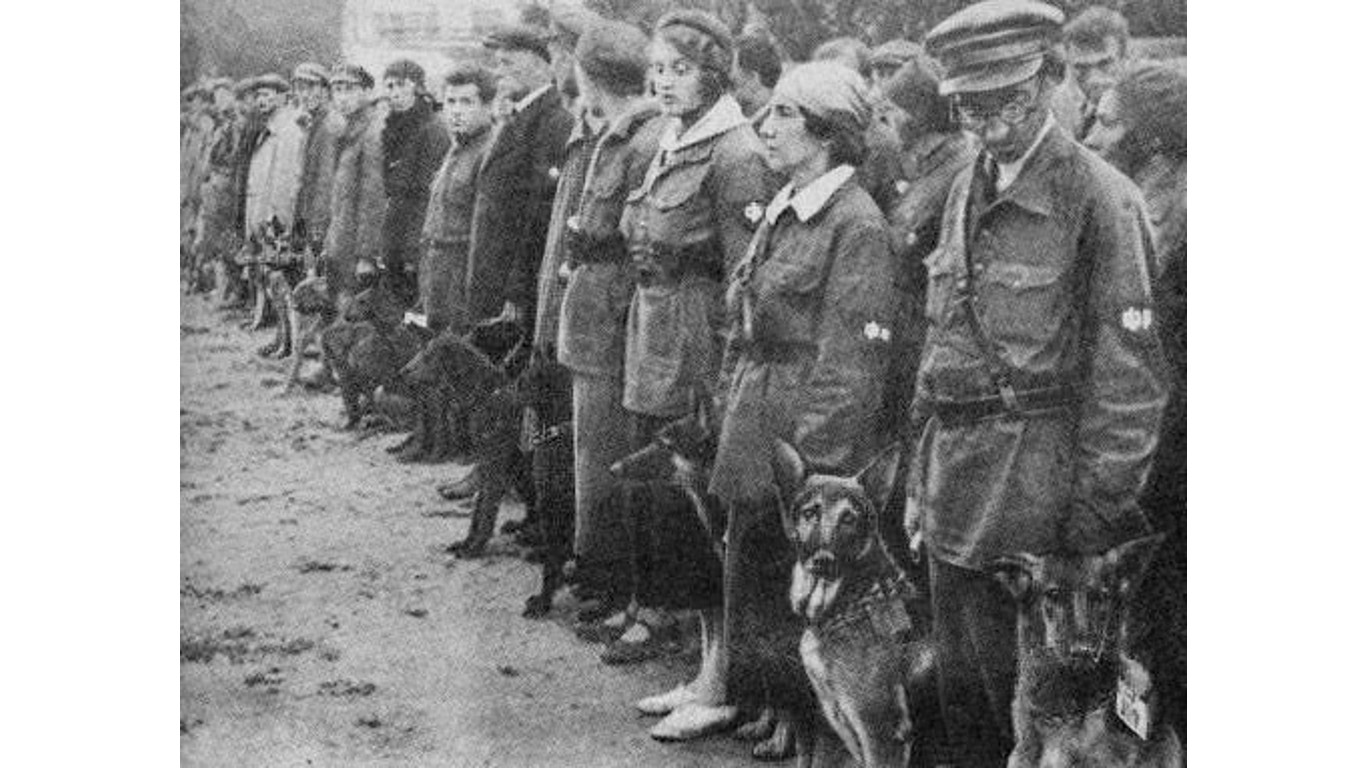
War dogs
> Country: Soviet Union
While dogs were used during World War II as messengers or for mine detection, from 1941 to 1942 the Soviet Union attempted to use dogs as anti-tank weapons, training them to run towards enemy tanks with explosives strapped to their backs. Many dogs became confused and ran back towards their handlers, blowing them up, or were shot on sight by German soldiers. The Soviet Army quickly abandoned the war dogs program.
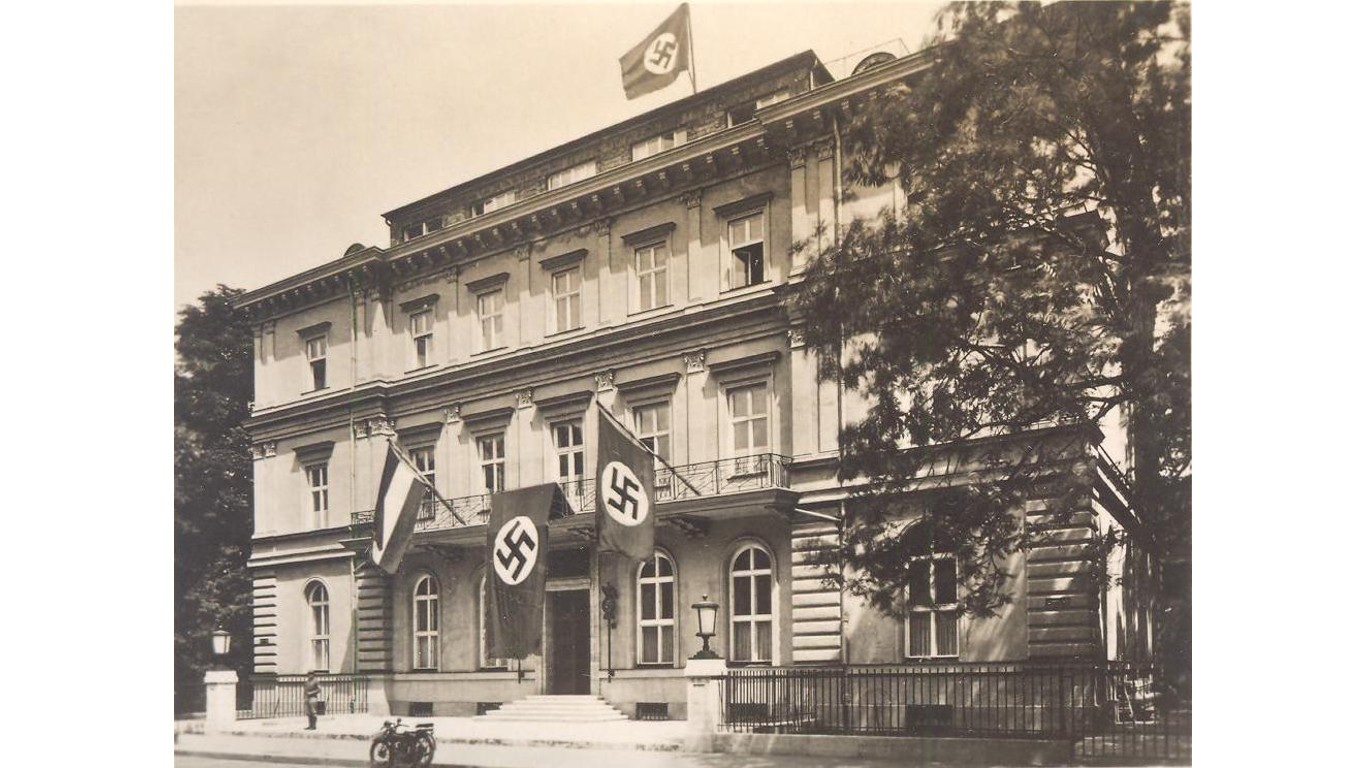
Wind Cannon
> Country: Germany
The Winkanone, or Wind Cannon, was an anti-aircraft weapon composed of a large barrel bent upwards, through which a jet of dense, compressed air was shot with the goal of damaging low-flying aircraft. While the design may have worked in theory – trials showed that blasts of high-velocity air could damage ground structures – a wind cannon installed on a bridge over the River Elbe in 1945 had no success.
100 Million Americans Are Missing This Crucial Retirement Tool
The thought of burdening your family with a financial disaster is most Americans’ nightmare. However, recent studies show that over 100 million Americans still don’t have proper life insurance in the event they pass away.
Life insurance can bring peace of mind – ensuring your loved ones are safeguarded against unforeseen expenses and debts. With premiums often lower than expected and a variety of plans tailored to different life stages and health conditions, securing a policy is more accessible than ever.
A quick, no-obligation quote can provide valuable insight into what’s available and what might best suit your family’s needs. Life insurance is a simple step you can take today to help secure peace of mind for your loved ones tomorrow.
Click here to learn how to get a quote in just a few minutes.
Thank you for reading! Have some feedback for us?
Contact the 24/7 Wall St. editorial team.
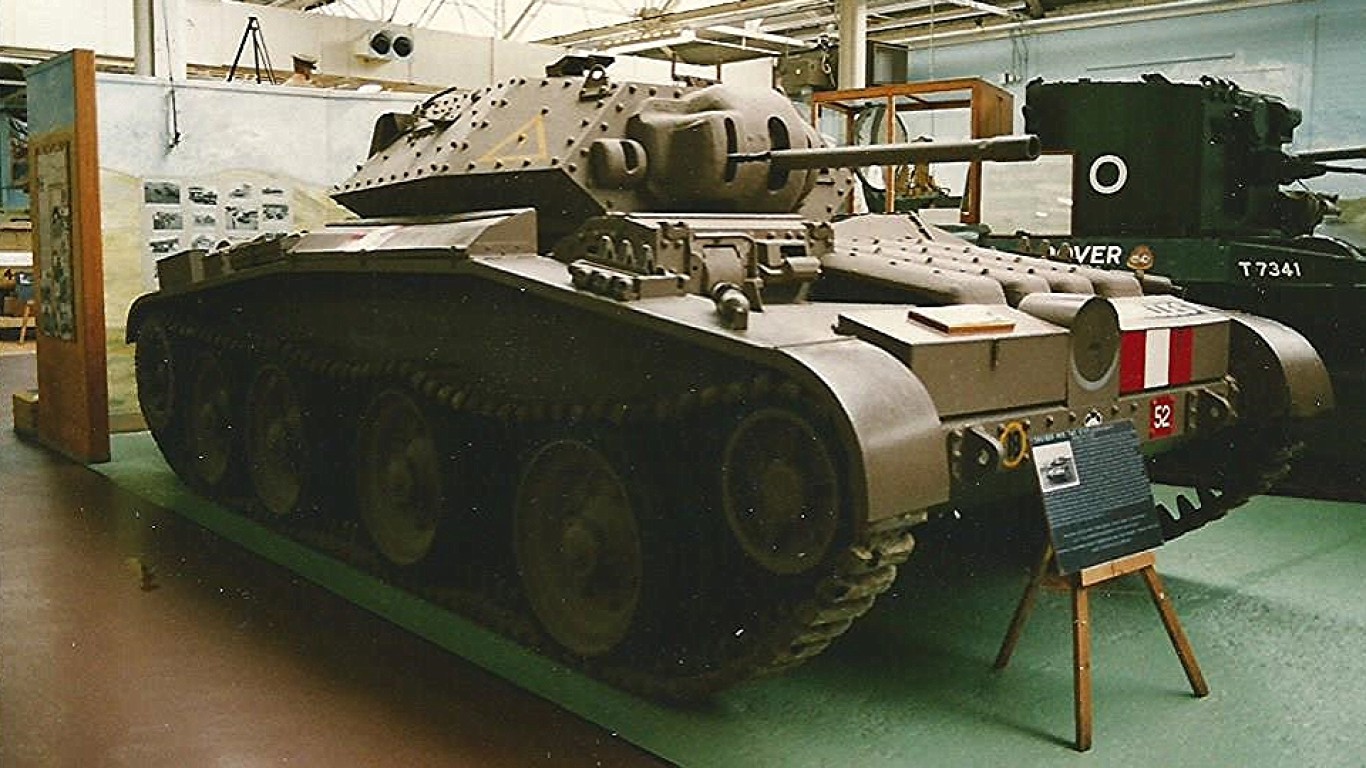
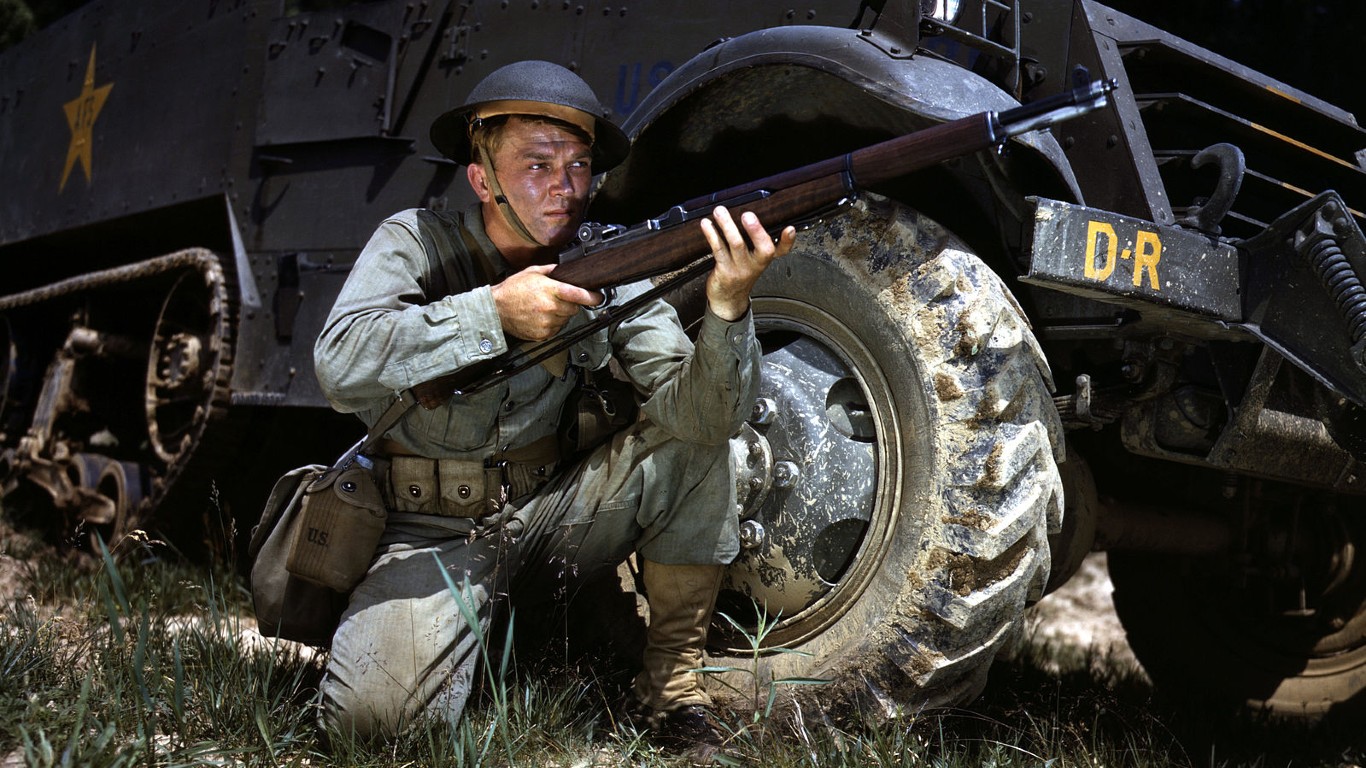 24/7 Wall St.
24/7 Wall St.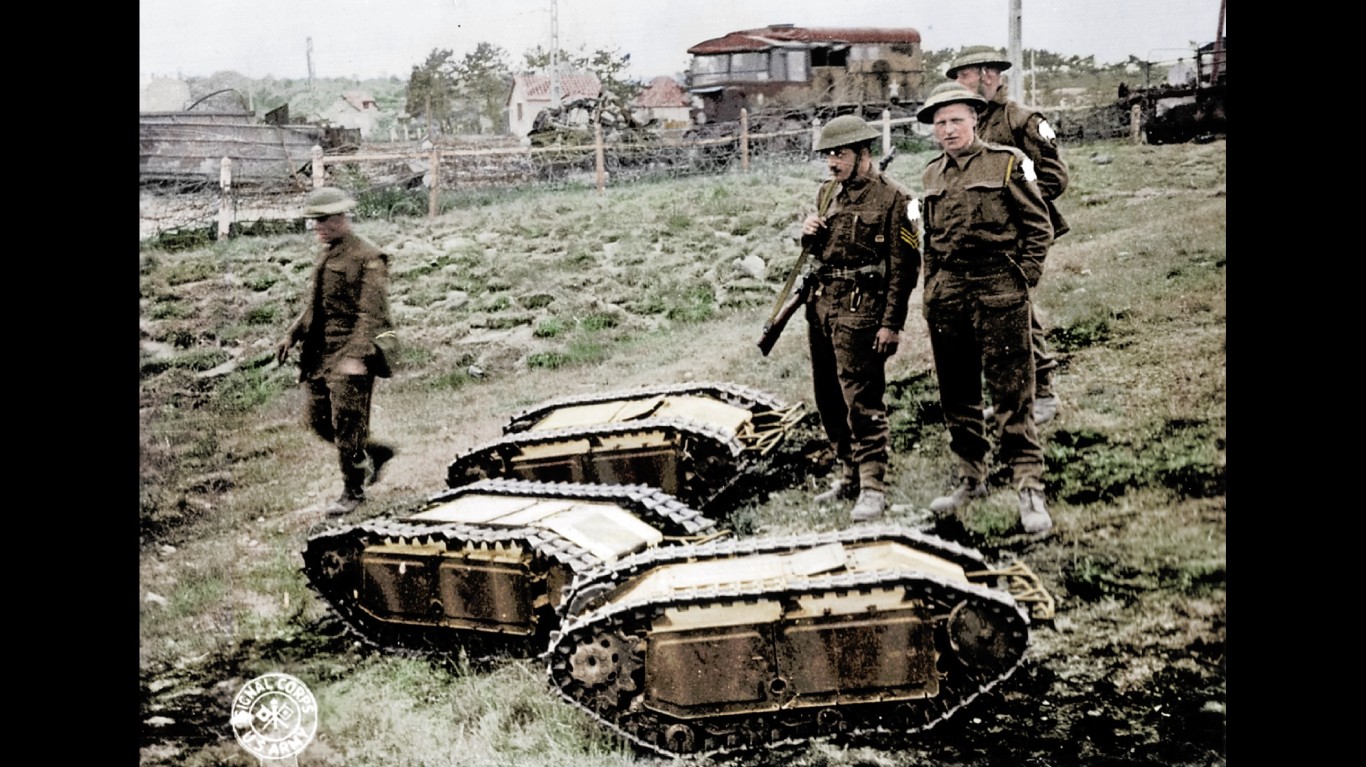

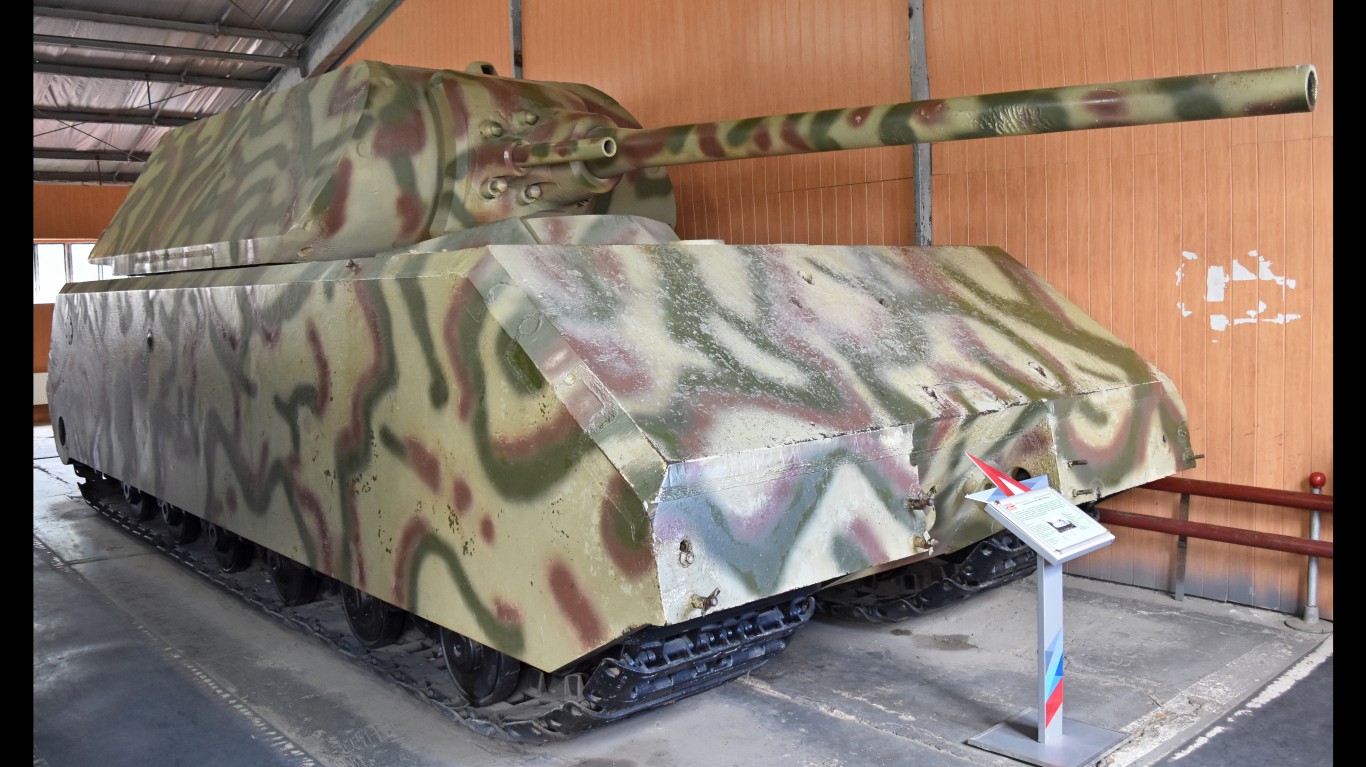
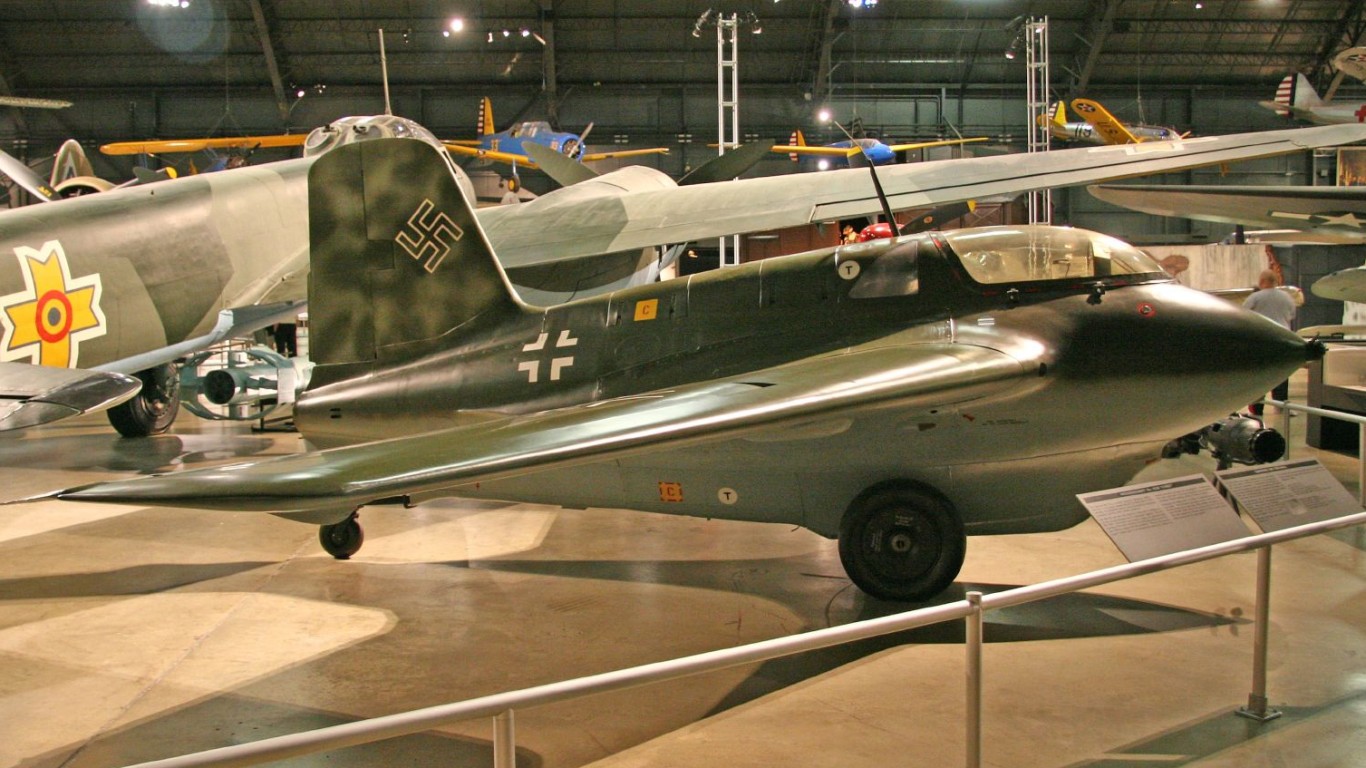

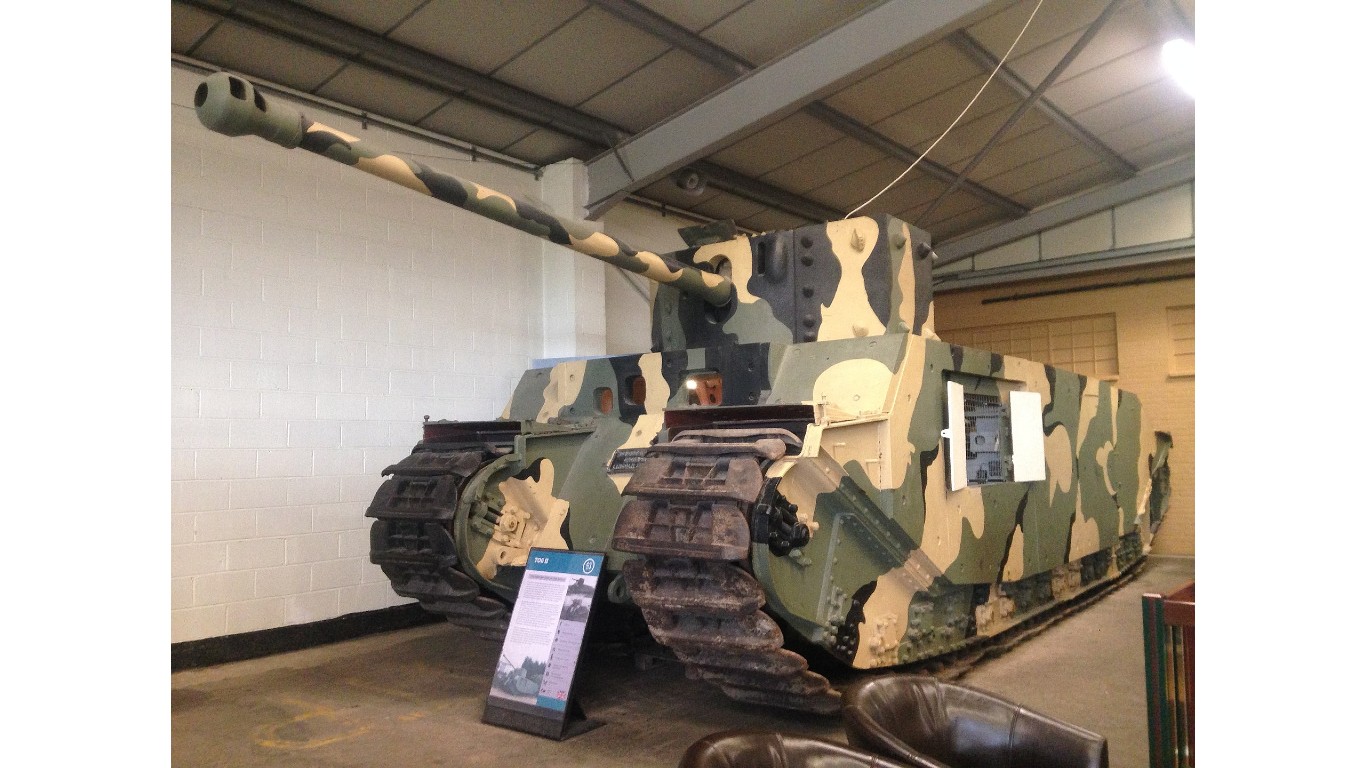
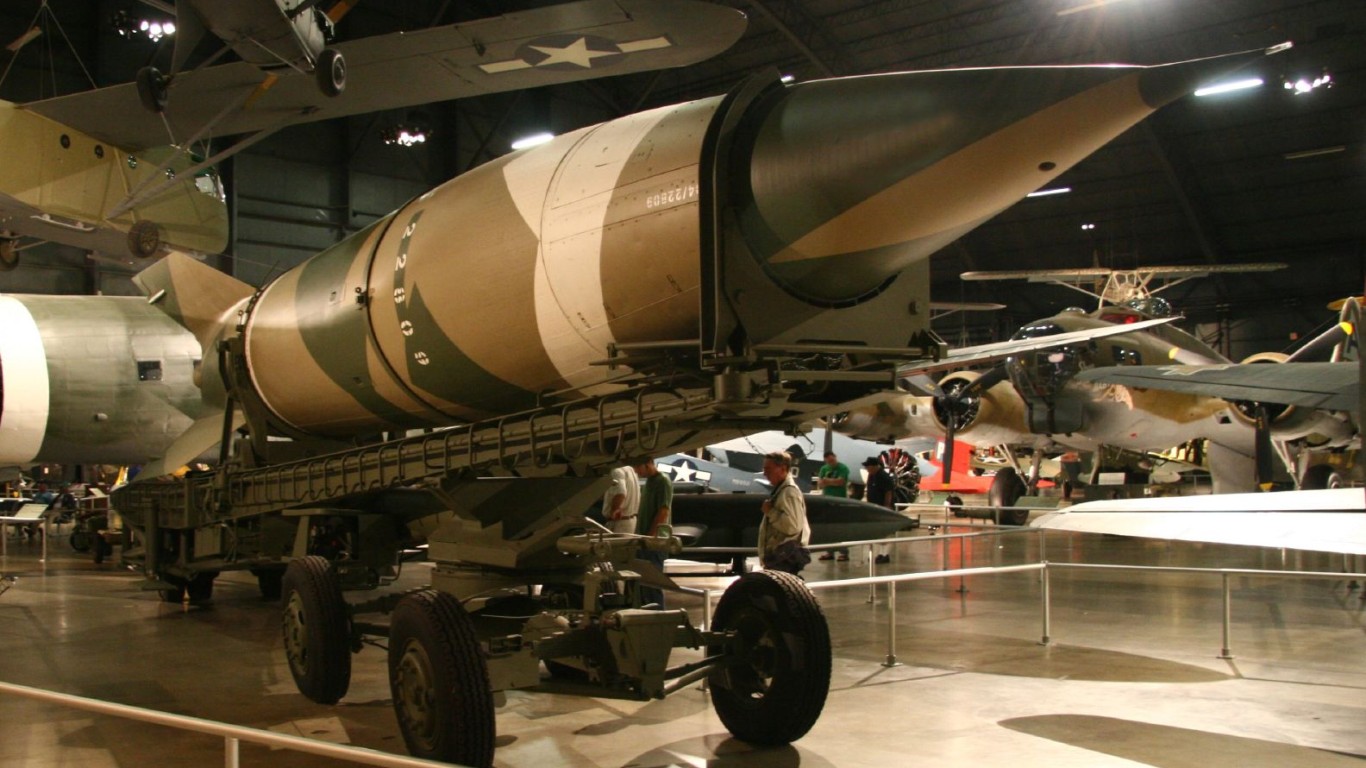
 24/7 Wall St.
24/7 Wall St.